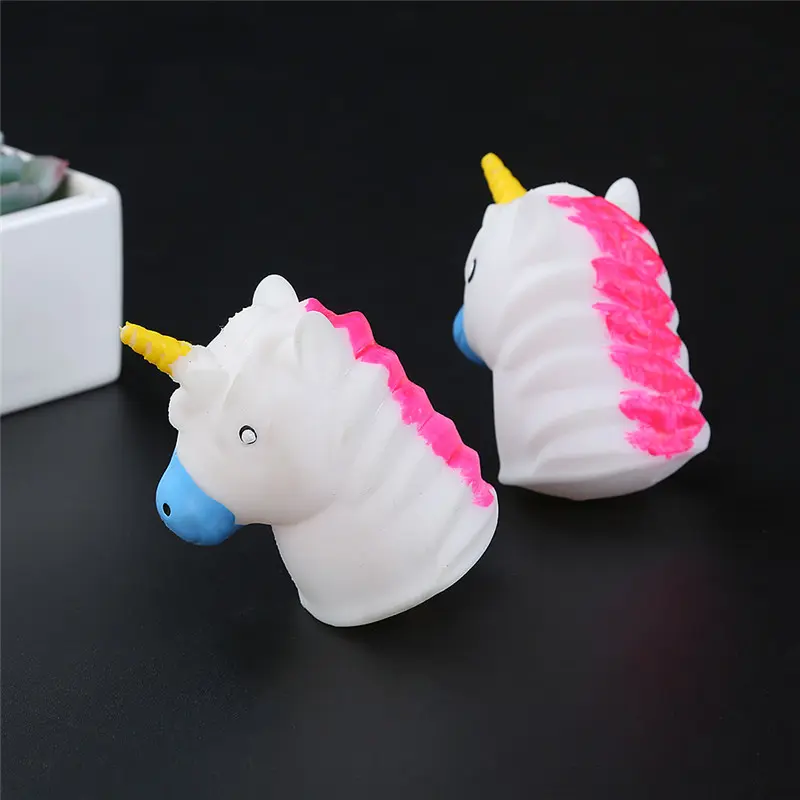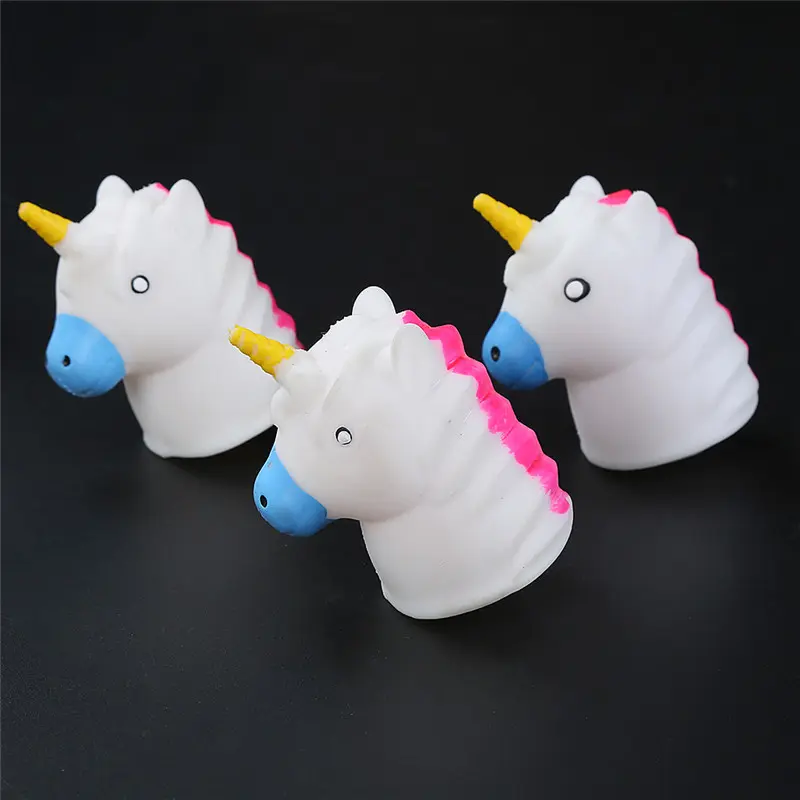Full analysis of TPR toy raw material testing standards
In today’s globalized toy market, TPR (thermoplastic rubber) toys are increasingly favored by international wholesale buyers due to their softness, elasticity and environmental protection. However, ensuring the safety and compliance of TPR toy raw materials is an important prerequisite for entering the international market.
1. Overview of TPR toy raw material testing standards
The testing standards for TPR toy raw materials mainly involve the following aspects: heavy metal content, phthalate content, physical and mechanical properties, flame retardant properties, chemical migration, etc. These standards are designed to ensure that toys will not cause harm to children under normal use and foreseeable abuse.
2. Detailed explanation of main testing standards
(I) EN71 standard
EN71 is a series of standards formulated by the European Union for toy safety and is a necessary certification for TPR toys to enter the EU market. It mainly includes the following three parts:
EN71-1: Physical and mechanical properties test
Test content: Evaluate whether the toy has risks such as sharp edges and small parts falling off. For example, after the toy has been tested for tension and pressure, small parts should not fall off to prevent children from swallowing them by mistake.
Importance: Ensure that toys do not cause physical harm to children under normal use and abuse.
EN71-2: Flame retardant test
Test content: Measure the burning speed of toy materials. For example, the burning speed of plush toys should not exceed 30mm/s.
Importance: Prevent toys from burning quickly in a fire and reduce the harm of fire to children.
EN71-3: Eight heavy metal dissolution test
Test content: Detect the dissolution amount of eight heavy metals such as antimony, arsenic, barium, cadmium, chromium, lead, mercury, and tin.
Importance: Prevent harmful heavy metals from being absorbed by children through oral or skin contact and protect children’s health.
(II) Phthalate content test
Phthalate is a commonly used plasticizer, but some phthalates are considered harmful to children’s health.
Test content: According to the target users of the toy (children under 3 years old or over 3 years old), 3, 6 or 15 phthalate tests are carried out respectively.
Importance: Ensure that the content of phthalates in toys does not exceed the prescribed limit to avoid potential harm to children’s reproductive and endocrine systems.
(III) Other testing standards
REACH regulations
Content: Restrict the use of certain harmful chemicals to ensure the safety of toy materials.
Importance: Compliance with REACH regulations is a basic requirement for toys to enter the EU market.
RoHS directive
Content: Restrict the use of harmful substances in electronic and electrical equipment. Although it is mainly aimed at electronic products, some toys may also be involved.
Importance: Ensure that toys do not contain harmful substances such as lead, mercury, cadmium, etc.
PAHs (polycyclic aromatic hydrocarbons) restriction standards
Content: Detect the content of polycyclic aromatic hydrocarbons in materials to prevent them from causing harm to children’s health.
Importance: Polycyclic aromatic hydrocarbons are carcinogenic, and strictly controlling their content is an important measure to protect children’s health.
3. Precautions for international procurement of TPR toy raw materials
Understand the regulatory requirements of the target market
Different countries and regions have different requirements for toy safety standards. For example, the EU requires EN71 certification and the United States requires ASTM F963 certification. When selecting raw materials, buyers must ensure that the raw materials comply with the regulatory requirements of the target market.
Choose reliable suppliers
Choose suppliers with good reputation and quality control capabilities to ensure the quality and safety of raw materials. Require suppliers to provide relevant test reports and certification certificates.
Conduct third-party testing
Even if the supplier provides a test report, buyers should consider conducting third-party testing to ensure the compliance of the raw materials. Third-party testing agencies usually have higher testing standards and stricter testing processes.
Pay attention to environmental protection requirements
With the increase of environmental awareness, more and more countries and regions have put forward higher requirements for the environmental performance of toys. Buyers should choose TPR raw materials that meet environmental protection standards, such as non-toxic, odorless, and recyclable materials.
Post time: Jul-23-2025

